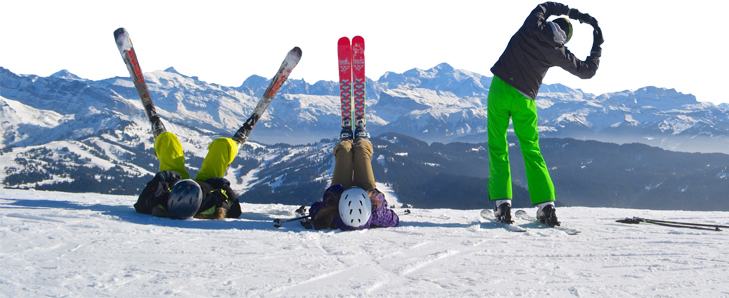What the Val d’Isère Piste Map Doesn’t Tell You
POSTED:
POSTED:
_w=672_h=445.png?v=202403110927)
If you’re planning a ski trip to Val d’Isère, you’ve probably already downloaded the Val d’Isère piste map. It’s the essential tool for finding your way around one of the most iconic ski resorts in the world. But here’s the truth: the map only tells part of the story.
While it shows lifts, pistes, and links across the vast Tignes-Val d’Isere ski area, the map can’t tell you what the slopes are really like - or which mistakes to avoid. That’s where local knowledge makes all the difference.
Here’s what the Val d’Isère piste map doesn’t tell you, but you’ll want to know before clipping in.
_w=870_h=560_pjpg.jpg?v=202403110927)
On paper, all pistes look equal. In reality:
The piste map can’t show you which runs are best depending on the time of day, but knowing this can transform your ski day.
Everything looks spacious on the map, but queues and crowds tell a different story.
The pistes down to La Daille can be popular at the end of the day as everyone flocks to the Rosée Blanche for some well-deserved après-ski, meaning that the slopes can get quite mogully and icy in parts. Give your legs a rest at the end of the day and download in the La Daille bubble from outside the Folie Douce and enjoy the views of the resort!
Mountain restaurants: The piste map marks them, but doesn’t show which are cosy, character-filled chalets and which are self-service canteens. A few recommendations:
_w=870_h=560.png?v=202403110927)
Colour gradings can be misleading:
The map makes ski-home routes look simple. The reality:
Easier alternatives exist: download via the gondola, or ski down to La Daille and take the shuttle bus back to town. (Or call our drivers if you’re staying with us.)
_w=870_h=560.png?v=202403110927)
Val d’Isère is world-famous for off-piste terrain, but you won’t see any of it on the piste map. What looks like blank white space is actually full of bowls, couloirs and tree runs. If you’re tempted:
The Val d’Isère piste map is your starting point, but it only tells part of the story. Sun exposure, bottlenecks, hidden gems, and tricky home runs are the details you only learn once you’re there, or from someone who knows the resort well.
Armed with this insider knowledge, you can read between the lines of the piste map and ski Val d’Isère with more confidence, fewer surprises, and a lot more fun.
Download the latest Val d’Isère piste map, share this guide with your ski group, and plan smarter for your trip.
While nothing beats the feeling of a physical piste map between your fingers (and reassurance of having it tucked in your pocket) the Val d’Isère Ski App is every skier’s best friend, giving live information on lift openings and webcams.
Please contact Louise, Jess, Maxine, Cam or Millie if you have any questions.
